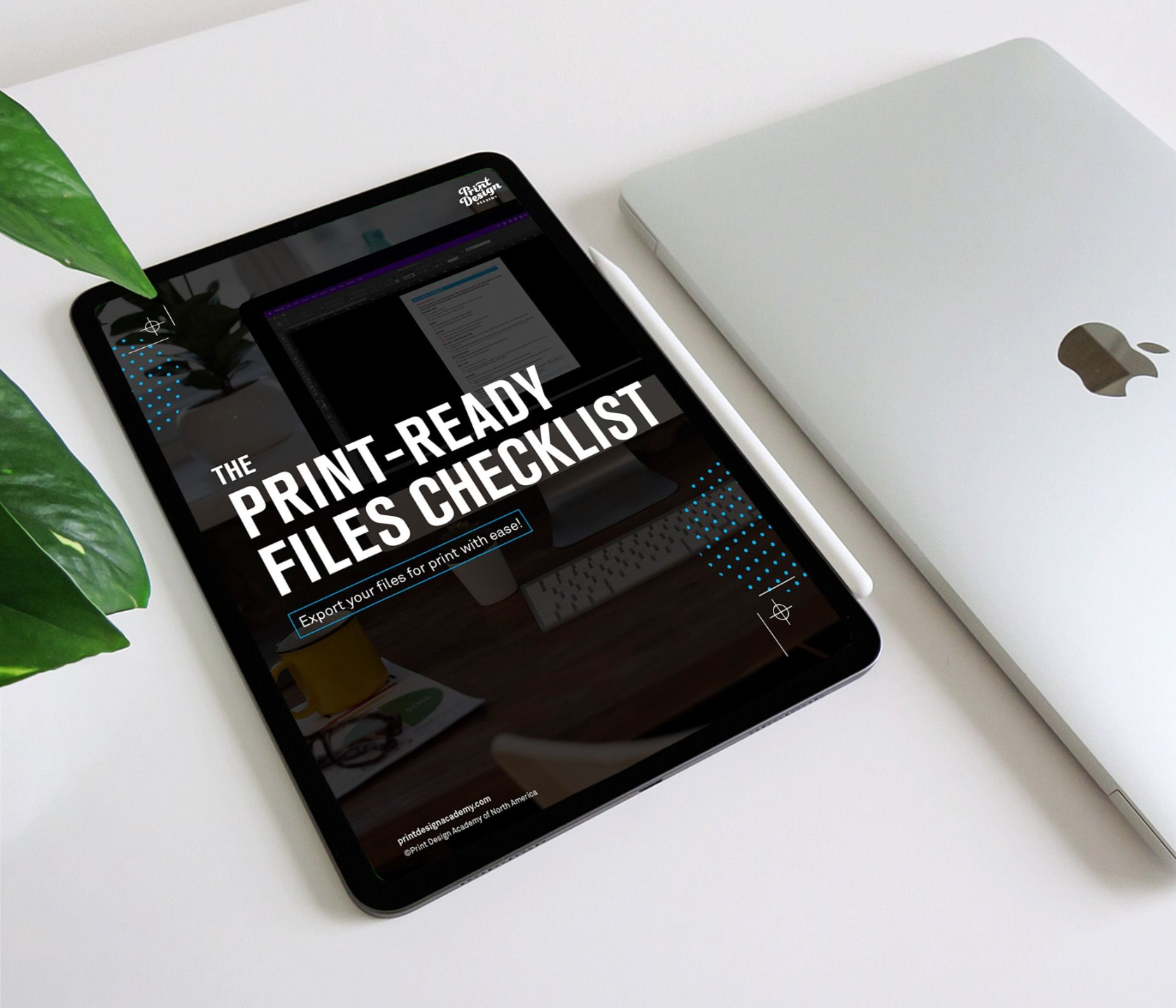Picking the Right Paper: 3 Tips Designers Need to Know for Print Projects
Sep 19, 2023
When it comes to print and packaging design, there are a bunch of decisions that need to be made that can either make or break the project. One of those important decisions is picking the right paper the project will be printed on.
As graphic designers, your job is not just to make designs look good on screen, but also to ensure they translate effectively and purposefully into the physical world. This means riding the balance between brand messaging, the purpose or goal of the printed piece, and the inevitable budget constraints.
To help you navigate these 3 key points, let's dive in a little deeper:
1. Know the Brand
The brand is like the soul of any business. And every design choice, including paper selection, should echo its voice, values, and personality.
Brand Messaging: What emotions or thoughts should the brand evoke in its audience? A luxury brand might benefit from a textured, high-quality uncoated paper that screams exclusivity. While an eco-friendly brand might be better represented by recycled paper with some fleck in it, signaling its commitment to sustainability.
Brand Alignment: Ensure that the chosen paper aligns with other branding elements. For instance, if a brand uses minimalist design and muted colors, a simple paper might suit best. Also check that the paper you selected is available in a variety of different weights to fit the different printed needs of the brand. From really thick for business cards and maybe packaging, to thinner papers for brochures, books, and letterheads.
2. Purpose of the Printed Piece
Every printed material has a specific purpose, and the paper should cater to that while also enhancing the design.
Business Cards: These are often the first touchpoint for potential clients or collaborators. A sturdy card that doesn't bend easily will reinforce confidence, hinting at the brand's reliability.
Books: While a thick cover might give an impression of quality, excessively thick interior pages can make the book cumbersome and hinder the reading experience. Thicker isn’t always better.
For materials like ski resort maps, the paper choice goes beyond brand aesthetics. It branches into survival! A synthetic, water-resistant paper would ensure the map survives snowy, wet conditions and continues to serve its primary function - Make sure the guest doesn't get lost. If the paper you select can’t survive more than 30 minutes in the elements, you have failed your mission.
3. The Budget
While designers might dream of the highest quality papers for every project, the reality often involves working within budget constraints.
House vs. Specialty Papers: Most printers have 'house' papers, which are standard, good-quality, and more affordable than the specialty options. While it's tempting to opt for unique papers, sometimes house papers provide the best balance between quality and cost. Don’t be afraid to use house papers.
Help your clients navigate papers: It's essential to have an open dialogue with clients about budget from the start. Offering a range of paper options, from basic to premium, can help clients make informed decisions and prevent sticker shock when they receive a quote. Clients often don't have a budget until they are shown some quotes. Then they know what they are willing to pay, and what they won’t. Help your clients through the quoting process and if there is a reason to go with a more expensive option, tell them, and show them why. The feeling of a paper can really have an impact on a brand’s perception.
So to sum this all up, graphic designers venturing into the world of print and packaging design need to recognize the profound impact paper choice can have on a project. Understand the balance between brand messaging, purpose, and budget. This will allow you to create incredible design work that looks, and feels, even better when it comes to life and you get to hold it in your hand. Your client's customers will notice and appreciate it, and your clients will thank you.




